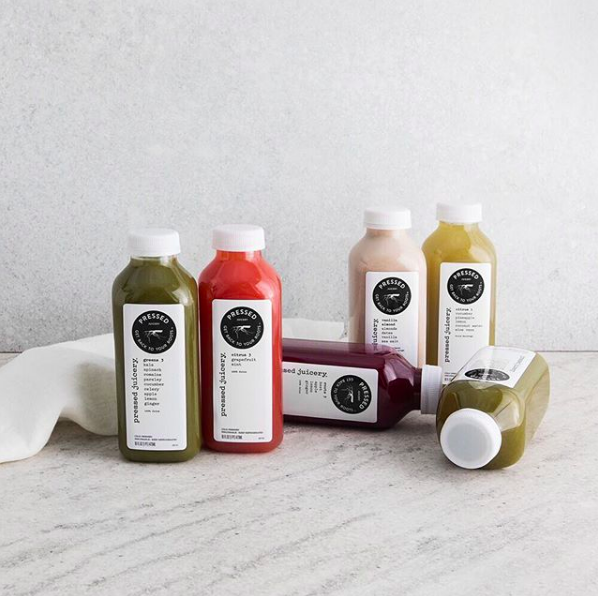Juicing vs. Blending: Which Is Better?
Juicing is a trend that’s withstood the test of time, to the point where it seems to be a staple in many people’s diets. With so many juicers popping up around Los Angeles over the last few years, my clients ask me all the time whether juicing actually provides nutritional benefits, or if they should just stick to smoothies. For some, smoothies seem ‘safer.’ You know exactly what you’re putting in it, you can customize it to include your favorite flavors, and can always add a boost of nutrition with options to include proteins, supplements or even extra fiber. But what are the benefits of each? Is it ‘healthier’ to drink smoothies rather than juice? Breaking this down for you below!

JUICING VS. SMOOTHIES
Juice (No Pulp)
- Pros:
-With all the fiber removed, the nutrients are quickly absorbed by the body
-1 glass juice has more produce than a glass of smoothie, means more nutrients
- Cons:
-juiced tend to contain higher amounts of sugar, and some brands even add sugars to their recipes
-A juicer has more parts than a blender, making more of a cleanup
-Since there is more productive in juice, it can cost more too.
Smoothie (Pulp-filled)
- Pros:
-The pulp is rich in soluble and insoluble fiber, meaning slower and more sustained absorption.
-Ideal for weight loss because the fibers keep you more feel more full for longer, and a smoothie can help satisfy feelings of hunger.
-Can be used as a meal replacement by adding protein.
- Cons:
-Uses less produce to make one cup of smoothie.
